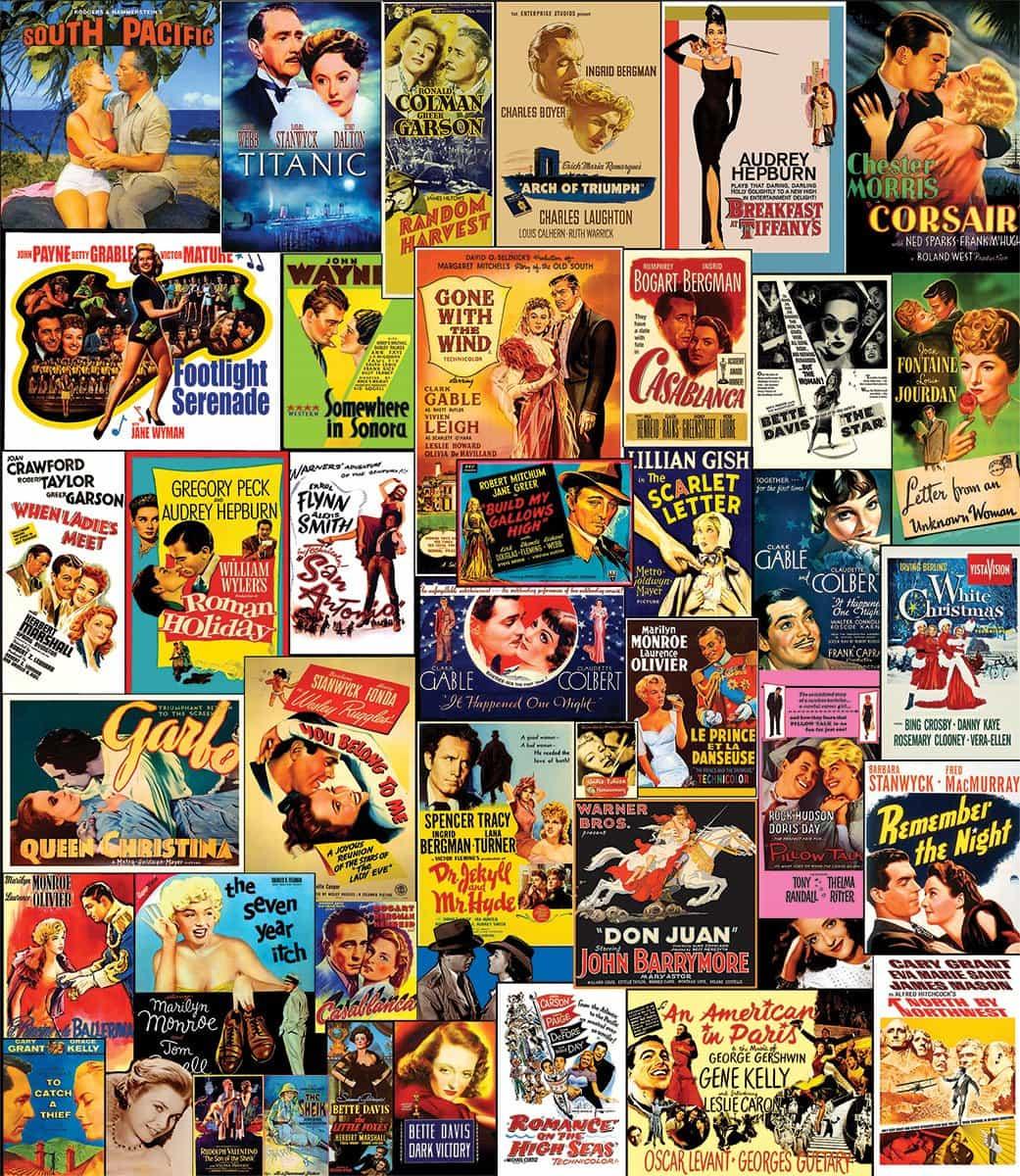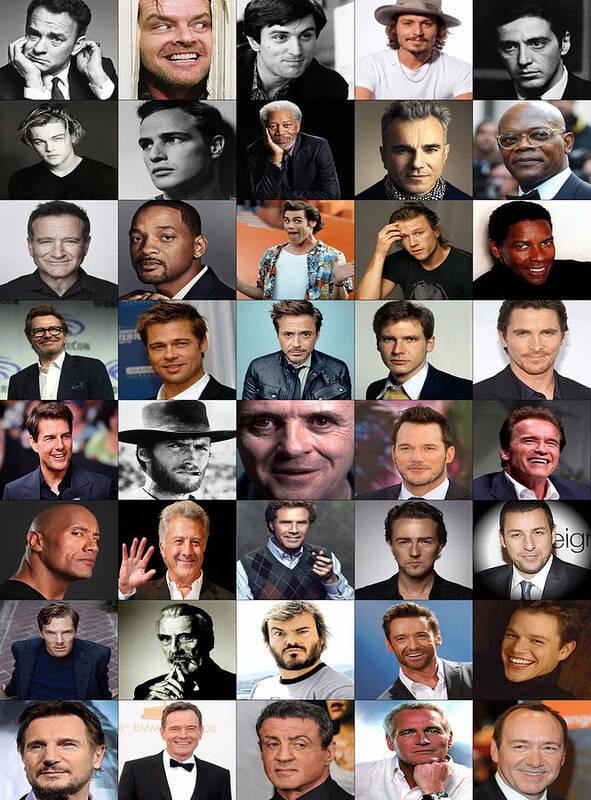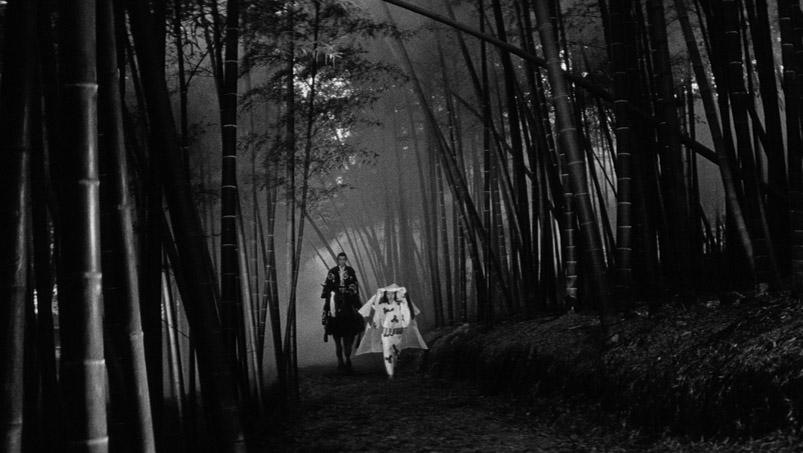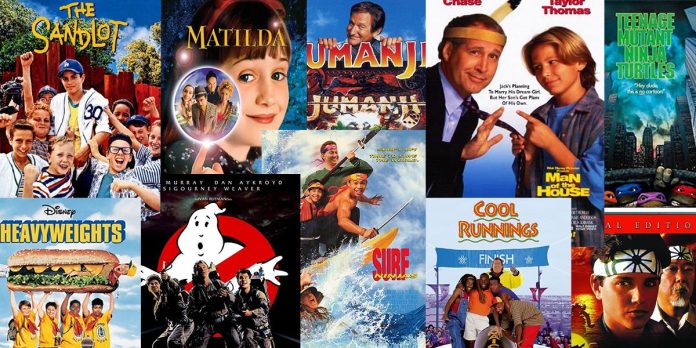In the vast tapestry of cinematic history, certain films stand as monumental pillars, casting long shadows that have shaped the very landscape of the industry. These are the classics—timeless works of art that have transcended their era to influence generations of filmmakers and audiences alike. As we journey through the ever-evolving world of cinema, it is both enlightening and essential to pause and rediscover these masterpieces that laid the groundwork for modern storytelling. This exploration invites you to delve into the rich legacy of films that not only entertained but also redefined the boundaries of creativity, innovation, and cultural impact. With an authoritative lens, we will revisit the narratives, techniques, and visionary directors who dared to dream beyond the conventional, leaving an indelible mark on the art of filmmaking. Prepare to be captivated once more by these cinematic treasures that continue to inspire and resonate in the hearts of cinephiles around the globe.
Icons of Innovation: Cinematic Milestones that Redefined Storytelling
The tapestry of cinema is woven with threads of innovation, and some films stand as monumental achievements that have not only entertained but also transformed the art of storytelling. These cinematic milestones broke boundaries and established new paradigms, inviting audiences to see the world through a different lens. They continue to inspire filmmakers and captivate viewers with their timeless narratives and groundbreaking techniques.
- Citizen Kane (1941): Orson Welles crafted a masterpiece that revolutionized narrative structure and cinematography, introducing non-linear storytelling and deep focus shots that remain influential today.
- Pulp Fiction (1994): Quentin Tarantino‘s iconic film reshaped the landscape of independent cinema with its nonlinear plot, rich dialogue, and a seamless blend of humor and violence.
- The Matrix (1999): This sci-fi epic directed by the Wachowskis brought a new level of sophistication to visual effects and philosophical storytelling, leaving an indelible mark on the genre.
These films are not just milestones; they are pillars of innovation that continue to inspire and redefine the possibilities of cinematic storytelling. Rediscovering them is akin to revisiting the blueprint of modern filmmaking itself.

Masterful Performances: Actors Who Became Legends Through Timeless Roles
In the annals of cinematic history, certain performances stand out not merely for their brilliance but for the indelible mark they left on the industry. These roles, brought to life by actors who transcended the boundaries of their craft, have become benchmarks of excellence. Among these luminaries is Marlon Brando, whose portrayal of Don Vito Corleone in “The Godfather” redefined the gangster genre and set a new standard for character depth and complexity. Similarly, Audrey Hepburn enchanted audiences with her role in “Breakfast at Tiffany’s,” embodying a unique blend of vulnerability and sophistication that has inspired countless performances since.
- Humphrey Bogart in “Casablanca” – A symbol of stoic romance and moral complexity.
- Vivien Leigh in “Gone with the Wind” – An unforgettable portrayal of resilience and ambition.
- James Stewart in “It’s a Wonderful Life” – A heartwarming embodiment of hope and redemption.
These actors not only shaped the films they starred in but also influenced the very fabric of the film industry. Their work remains a testament to the power of performance, continuing to inspire both audiences and aspiring actors alike.

Visual Poetry: How Classic Cinematography Continues to Inspire Modern Filmmakers
In the ever-evolving world of cinema, the legacy of classic films remains an indelible source of inspiration for modern filmmakers. These timeless masterpieces not only laid the foundation for the art of storytelling but also defined the visual language that continues to captivate audiences today. Here are a few classic films that have profoundly influenced contemporary directors and cinematographers:
- Citizen Kane (1941): Orson Welles’ groundbreaking use of deep focus and innovative camera angles set new standards for visual storytelling, challenging filmmakers to think outside the box.
- Vertigo (1958): Alfred Hitchcock’s mastery of color and composition created an atmosphere of suspense and mystery, inspiring directors to explore the psychological depths of their characters.
- Lawrence of Arabia (1962): David Lean’s epic landscapes and sweeping cinematography have become a benchmark for grandeur and scale, pushing filmmakers to capture the vastness of their narratives.
These films are not just relics of the past but are vibrant sources of creativity that continue to influence the techniques and visions of today’s cinematic artists. By revisiting these classics, modern filmmakers can draw from a rich tapestry of visual poetry that transcends time.
Unforgettable Soundtracks: The Music that Forever Changed Film Scores
In the world of cinema, certain soundtracks have transcended their role as mere background music, becoming iconic pieces that redefine how audiences experience film. John Williams‘ legendary work in Star Wars not only elevated the saga to mythic proportions but also revolutionized the orchestral score, bringing it back to the forefront of popular culture. Similarly, the haunting minimalism of Ennio Morricone‘s compositions for The Good, the Bad and the Ugly redefined the sound of Westerns, infusing them with an atmospheric tension that has become synonymous with the genre.
- Hans Zimmer’s innovative blend of electronic and traditional orchestration in Inception created a soundscape that matched the film’s intricate layers of reality.
- Howard Shore’s epic score for The Lord of the Rings trilogy intricately wove together the rich tapestries of Tolkien’s world, immersing audiences in its grandeur and complexity.
- Vangelis’s ethereal and futuristic sound in Blade Runner has become a defining aural signature of sci-fi cinema, influencing countless films in its wake.
These soundtracks have not only enhanced the films they accompany but have also inspired generations of composers, leaving an indelible mark on the cinematic landscape.



